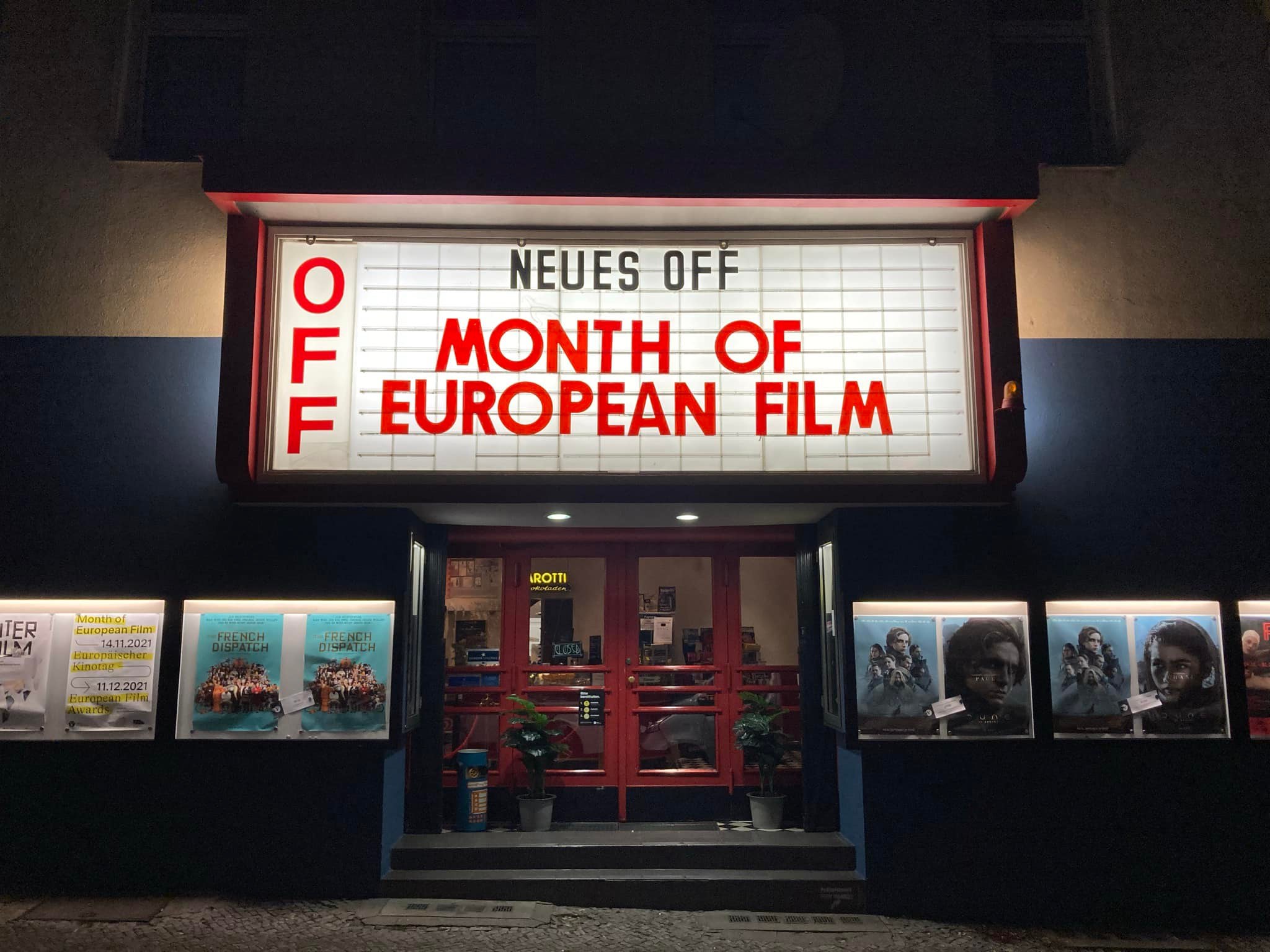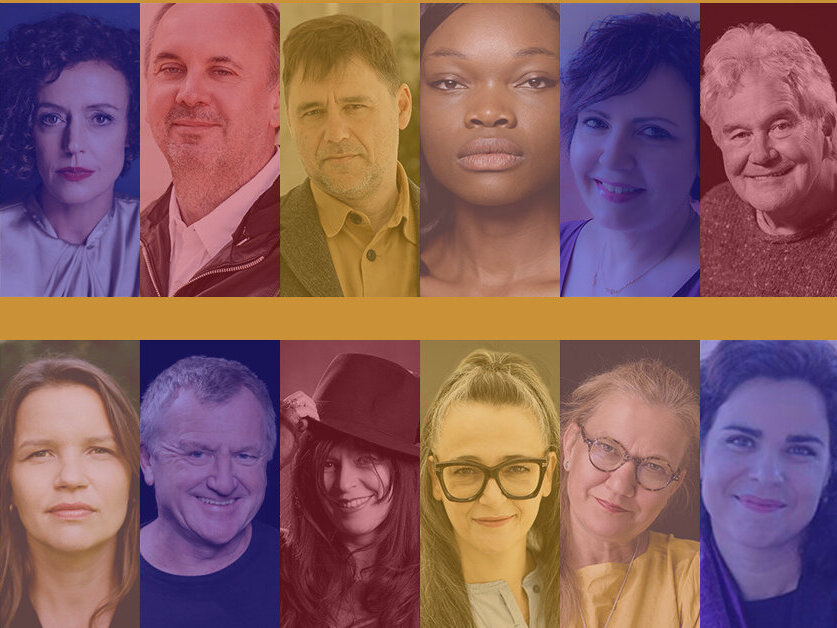SANTOSH
SANTOSH

SANTOSH
United Kingdom, France, Germany
SYNOPSIS
In the corrupt hinterlands of Northern India, a newly widowed woman inherits her husband’s job as police constable through an archaic government scheme. When a young girl’s body is found, she is forced to confront the brutality around her and the violence within.
CREDITS
Written & directed by: Sandhya Suri
Produced by: Mike Goodridge, James Bowsher, Balthazar de Ganay, Alan McAlex
Cinematography: Lennert Hillege
Editing: Maxime Pozzi-Garcia
Production Design: Devika Dave
Costume Design: Bhagyashree Dattatreya Rajurkar
Make-Up & Hair: Soamaa Goswami
Original Score: Luisa Gerstein
Sound: Etienne Haug, Nikola Medić, Bruno Tarrière
Visual Effects: Lee Watson
Casting: Mukesh Chhabra
Cast: Shahana Goswami (Santosh), Sunita Rajwar (Sharma)
STATEMENT OF THE DIRECTOR
For a long time I had been searching for a meaningful, intelligent way to write about violence, in particular violence against women, in particular in India. Years of ingesting the casual newspaper paragraphs on dowry deaths, of consuming increasingly hideous details of sexual violence … what to do with all it? I was researching with various NGOs in small towns in Northern India and listening to testimonies, trying to understand, as a documentary film-maker, how to engage with it. Handling it head-on felt bleak, frontal and I failed to find a way in. Then in 2012, the horrific gang rape case of Nirbhaya in Delhi took the world’s media by storm. Amidst the many articles about gang-rape, brutality, the search for justice, there was an image. Angry female protestors, their faces contorted with rage faced a single female police officer, her face part obscured by her visor, but her expression unmistakably enigmatic. I was immediately drawn to her. So many questions. What did it feel like as a woman to wear that uniform in a country where the police are feared but women rarely are? How is it to be experienced in such a different way to the millions of other women around you? What a gulf between her and those protesting, what power her uniform wielded and what powerlessness not to feel safe as ordinary women. To explore this violence and her power within it felt exciting. As I started to research more into the police force, I was drawn to stories of those women appointed on ‘compassionate grounds’, to save them and their families from a life of poverty following the death of a husband or father. These were housewives and mothers, used to the four walls of their homes and kitchens, suddenly catapulted into the world of policing. It is here, amongst these women, that I found my character, Santosh, who, through the course of the film would move from wife to widow to policewoman.
And so I turned to fiction to explore her, hopeful that with Santosh we could go on a real journey to understanding the nature of violence. What does it do to her to be surrounded by it, day in, day out? How does she process it all? How does she transition from housewife to policewoman? What is at stake for her as a widow if she fails? What of idealism and justice for the suffering of the women she sees? How does she use the power her uniform gives her and to what end? All these questions fascinated me. Her discovery of herself through all this is the story of my film. Of it hang the threads of the caste, gender violence and religious intolerance.
Although the script is centred around one particular case, the heart of it lies in the relationship between Santosh and Inspector Sharma. For Santosh, Sharma is a totally different type of woman to those she has known and grown up with and to those she sees every day – one who commands respect and fear from men and women alike. This is what Santosh wants herself. Sharma mentors her, nurtures her, gives her opportunities never before granted but in return she expects unquestioning loyalty. It was important for me to show the complexity of this female relationship in all its shades and to have Santosh face very real and complex moral dilemmas. This is not the usual Bollywood narrative of one good cop in a bad system. Santosh finds herself in a morally murky universe and must find her own particular shade of grey within it. Sharma presents her with only two ways to be a woman; like her or imprisoned and unwanted in her own domestic space. In the film, Santosh tries to find a third way, her own way.
The film was a long time in the making. Whilst being strongly character driven, being a film based in the police, it still falls into a genre and coming from documentary I was initially cautious about that. It was very important to me that everything in it was researched and in great detail, that I could stand by each thing and know it had firm roots. I therefore spent a great deal of time researching (both in collaboration with police anthropologists and directly) and trying to bring those details and observations into the world of the script. It’s a film set in a nondescript Indian town in a troubled district and state, a place not often seen on our screens.
In some ways SANTOSH it is a coming of age story of a sheltered young woman and the trajectory of her grief as she struggles to find a new place for herself in society.
- Nomination European Discovery – Prix FIPRESCI 2024








